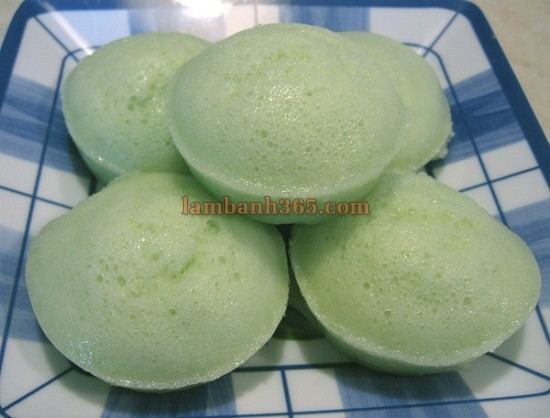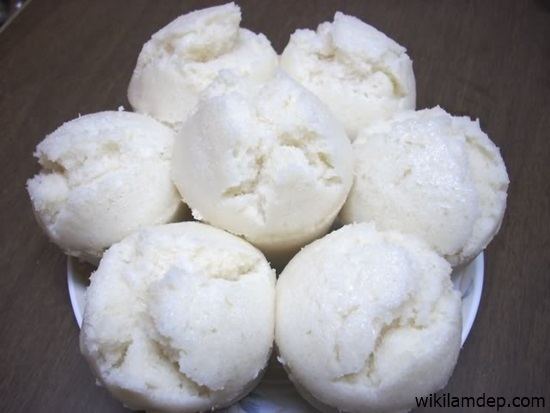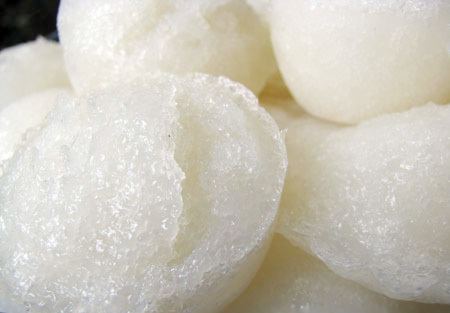 | ||
Similar Sugar, Water, Bánh, Bánh chuối, Coconut milk | ||
Ca ch la m ba nh bo nu o ng ra n cha o honeycomb cake recipe bika ambon
Bánh bò is a sweet, chewy sponge cake from Vietnam. It is made from rice flour, water, sugar, and yeast, and has a honeycomb-like appearance on the inside due to the presence of numerous small air bubbles. Coconut milk is also usually a part of the batter, imparting a slight flavor and aroma of coconut. The cake is of Southern Chinese origin, although the Chinese version, called bái táng gāo (白糖糕), does not contain coconut milk.[1] Bánh bò are generally eaten as a dessert, although they may also be consumed as an accompaniment to a meal.
Contents
- Ca ch la m ba nh bo nu o ng ra n cha o honeycomb cake recipe bika ambon
- B nh b vietnamese steamed rice cake cow cake
- Etymology
- Varieties
- References
B nh b vietnamese steamed rice cake cow cake
Etymology

In the Vietnamese language, bánh means "cake", and bò can either mean "cow" or "to crawl". According to Paulus Huỳnh Tịnh Của's 1895 dictionary Đại Nam quốc âm tự vị, the dessert is named for its resemblance to a cow's udder, implying that the name was shortened from bánh vú bò. However, according to a popular folk etymology, bò refers to how the cake "crawls" up to the rim of the bowl when steamed to completion.

Bánh bò is to be distinguished from the less common bánh bó ("pressed cake"), a fruit cake found in Quảng Ngãi Province; bò ("cow", "beef") is pronounced with a falling tone, whereas bó ("pressed") has a rising tone.
Varieties
There are varieties of bánh bò:



The South Indian steamed rice cake called idli is similar in texture, although idli are never sweet. However, the dish is quite similar to the Vattayappam (a type of appam from Kerala, India.)
